Unveiling Shaolin: The Hidden Secrets of Kung Fu, Zen, and Legacy
Introduction: The Enduring Mystique of Shaolin
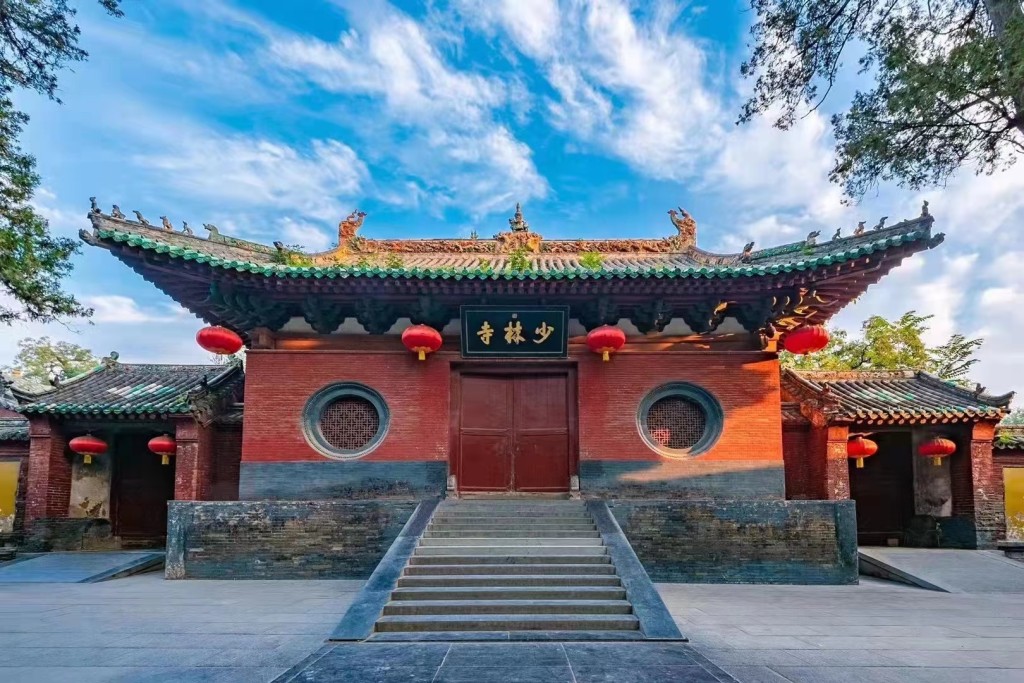
The Shaolin Temple in Henan, founded in 495 AD, is the birthplace of Shaolin Kung Fu and Chan Buddhism. A symbol of martial arts and spirituality, it represents the synergy between philosophy and combat, inspiring and evolving through its rich history and lasting impact.
The Genesis of Shaolin: Tracing its History and Origins
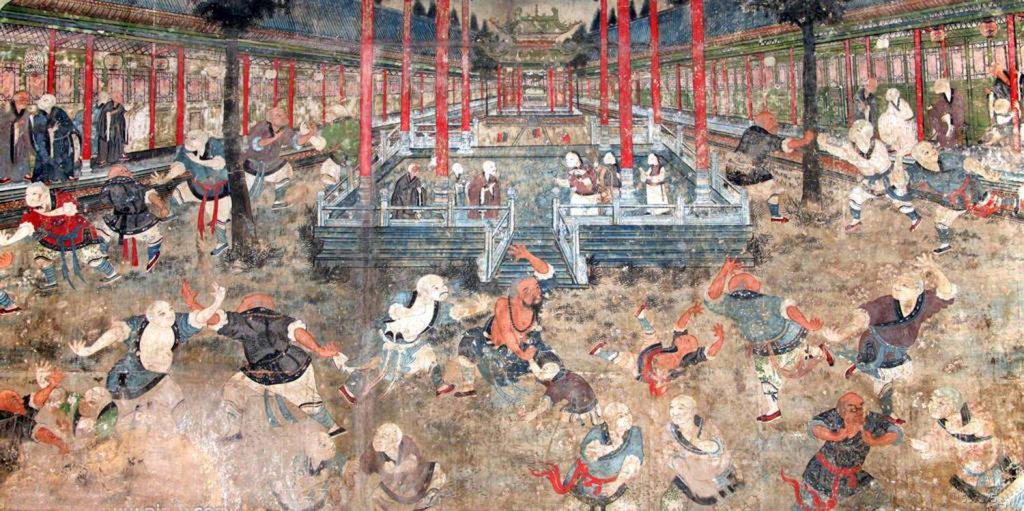
The Shaolin Temple was founded in 495 AD by Emperor Xiaowen to house the Indian monk Batuo, who introduced Buddhism to China. Located in the Songshan Mountains, its name comes from the nearby Shaoshi Mountain. In 527 AD, Bodhidharma brought Chan Buddhism, focusing on meditation and experience, shaping Shaolin’s spiritual and martial legacy.
Shaolin gained fame during the Tang Dynasty when thirteen monks helped Emperor Li Shimin in battle. In return, he supported the temple, making it a Kung Fu center. Despite the destruction, including a 1928 fire, Shaolin has endured and became a UNESCO World Heritage site in 2010.
Strategically located, the temple provided seclusion for meditation, natural defenses, and resources. Its position along ancient trade routes also made it a cultural hub, attracting scholars and martial artists. Despite political instability and destruction, Shaolin’s resilience and cultural significance have endured.
Mind and Body: The Profound Connection Between Shaolin Kung Fu and Zen Buddhism
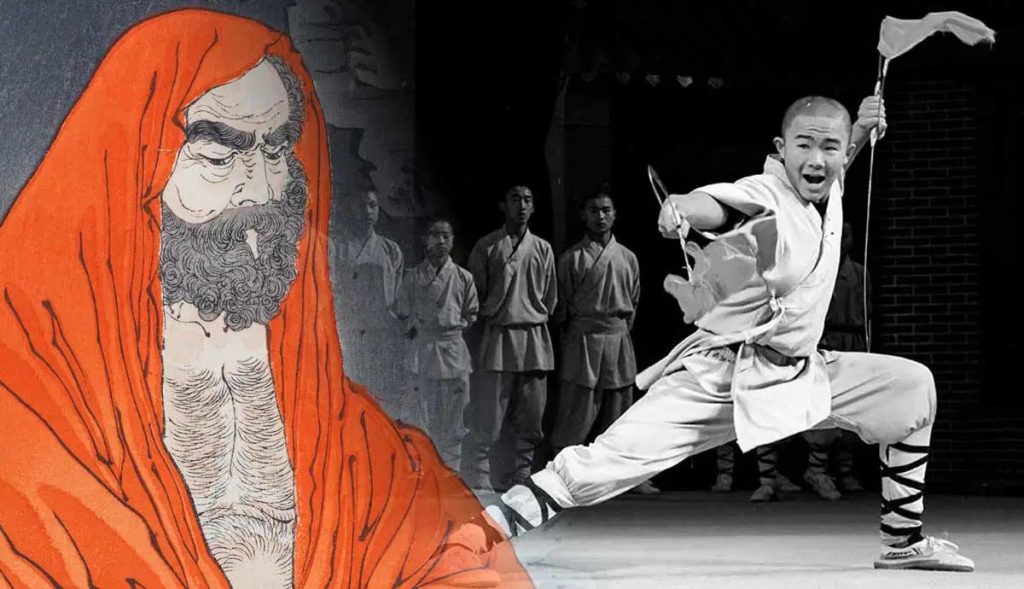
Shaolin culture merges Kung Fu with Chan Buddhism. Legend says Bodhidharma introduced physical exercises to strengthen monks weakened by meditation, forming the basis of Shaolin Kung Fu.
More than just combat, Shaolin Kung Fu is a path to mindfulness and spiritual growth. Rooted in Chan Buddhism, it combines meditation with martial arts to sharpen focus, build discipline, and foster self-awareness.
Shaolin Kung Fu is “Zen in motion,” with every movement serving as an exercise in mindfulness, uniting body and mind. While Bodhidharma is often credited with founding Shaolin Kung Fu, martial arts existed at the temple before him. His introduction of Chan Buddhism transformed Kung Fu into a practice of both physical discipline and spiritual self-mastery.
Shaolin training combines intense physical effort with deep spiritual reflection, emphasizing the connection between mind and body. Rooted in East Asian philosophy, it fosters mental and spiritual growth, reflecting harmony with the universe.
A Spectrum of Skills: Unveiling the Diverse Styles and Philosophies Within Shaolin Kung Fu
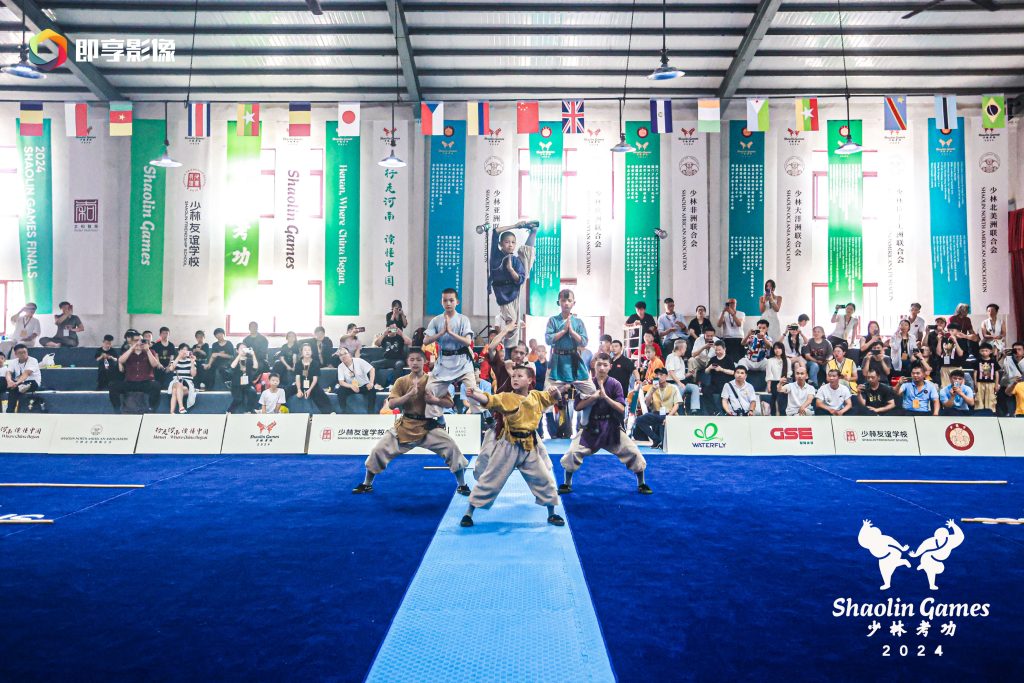
Shaolin Kung Fu is a diverse martial arts system that blends physical strength, agility, flexibility, and mental focus. Rooted in Chan Buddhist philosophy, it offers various styles, from dynamic external power to subtle, internal energy cultivation. Training includes animal-inspired routines and weapon forms like the staff, sword, and spear, with legendary “72 unique skills” combining physical and mental techniques.
With over 700 documented routines, Shaolin Kung Fu has evolved over generations, incorporating different styles and combat techniques. Its diversity results from various interpretations of core principles and the contributions of countless martial artists. The inclusion of weapons training, alongside unarmed combat, reflects its practical use for self-defense and protecting the temple.
Shaolin monks balance intense physical training with spiritual practices. Their day starts with meditation and chanting, followed by temple duties and martial arts training, including foundational exercises and advanced conditioning. Kung Fu is integrated into their spiritual journey, guided by principles of honor, respect, and selflessness, and supported by a vegetarian diet.
Historically, Shaolin monks’ martial skills were crucial for defending the temple and its traditions. Their martial arts training was not just for discipline, but also for protecting their way of life from threats like bandits and warlords, solidifying their reputation as skilled protectors.
Echoes Across the Globe: The Global Influence and Spread of Shaolin Culture and Martial Arts
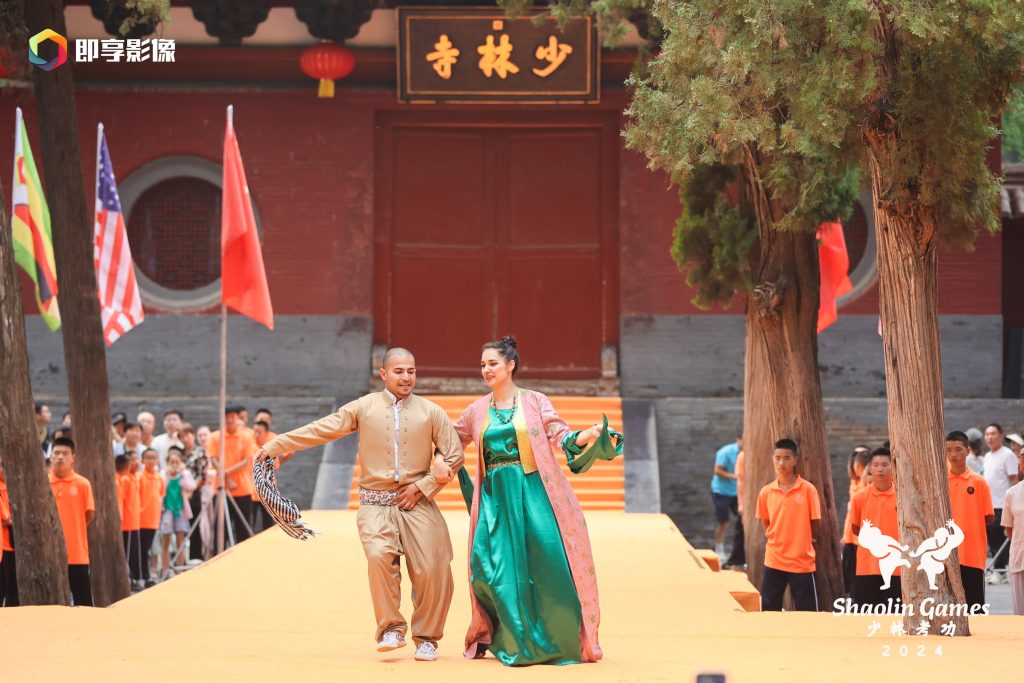
Shaolin culture and martial arts have gained global influence, largely through martial arts films starring Bruce Lee and Jackie Chan. These movies, showcasing Shaolin monks’ physical abilities and philosophy, sparked widespread interest in Shaolin Kung Fu. The establishment of international Shaolin centers and schools has further expanded its reach, offering opportunities for people worldwide to learn its techniques. Shaolin monks also travel globally, sharing their skills and culture through performances and demonstrations.
Shaolin Kung Fu has influenced martial arts worldwide, shaping various traditions. The Shaolin Temple has become a popular tourist destination, attracting visitors to witness Kung Fu demonstrations and learn about the monks’ lifestyle. Popular culture, particularly martial arts films, has helped spread the mystique of Shaolin, making it an iconic symbol of Chinese culture. These films introduce the world to Shaolin’s blend of physical skill and spiritual discipline, inspiring many to practice its martial arts.
The global spread of Shaolin schools and centers helps preserve its traditions and fosters cross-cultural exchange. This outreach ensures the continued relevance of Shaolin’s martial and philosophical teachings in today’s interconnected world.
Keeping the Flame Alive: Modern Preservation and Promotion of Shaolin Traditions
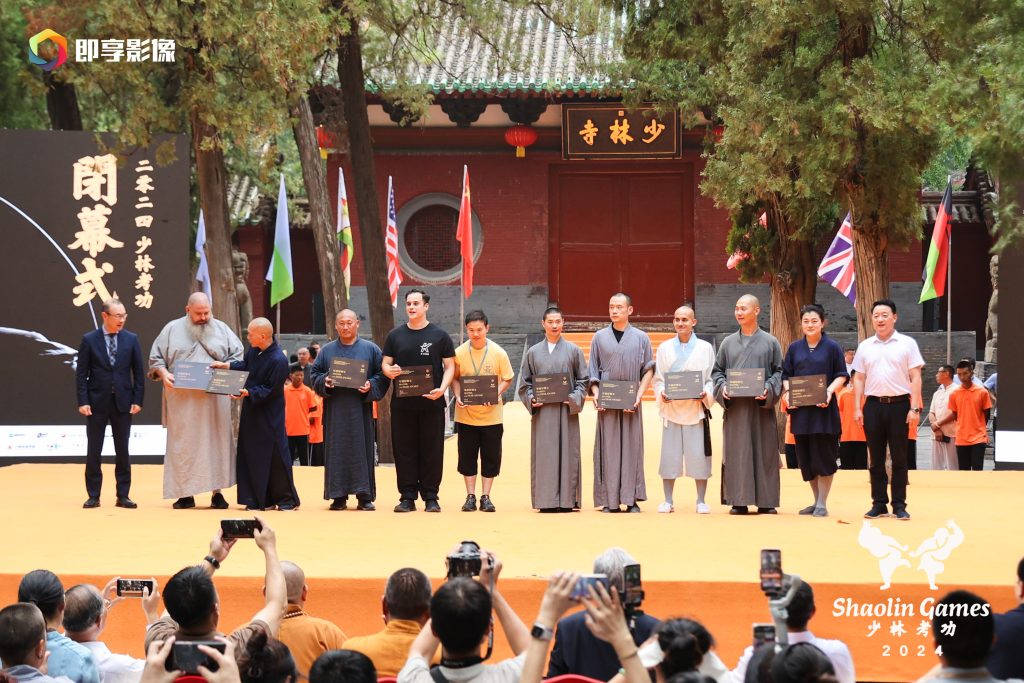
Efforts to preserve and promote Shaolin traditions are underway, with Shaolin Kung Fu recognized as a national-level Intangible Cultural Heritage by the Chinese government. The Shaolin Temple has been extensively restored to protect its historical architecture, and it continues to serve as a living institution where monks teach martial arts and Buddhist philosophy, preserving the legacy of Shaolin traditions.
The modern Shaolin community faces the challenge of balancing tradition with the demands of contemporary society. While maintaining core values, Shaolin must adapt to modern realities, including the impact of tourism. While tourism supports the temple financially, it also creates challenges in maintaining the sacred atmosphere and preserving the monks’ way of life. The recognition of Shaolin Kung Fu ensures the preservation of its traditions for future generations.
Balancing the preservation of Shaolin’s traditions with the pressures of tourism is an ongoing challenge. Tourism provides essential funding but risks diluting Shaolin’s core identity and disrupting monastic life. Maintaining this balance is crucial to safeguarding Shaolin’s cultural significance while ensuring its future as both a popular attraction and an authentic center for spiritual and martial practice.
Beyond the Moves: Practical Items and Their Significance in Shaolin Practice

Shaolin practitioners’ daily lives and training are shaped by simple items reflecting their spiritual and martial paths. Monastic robes symbolize detachment, prayer beads aid meditation, walking sticks serve as both tools and weapons and alms bowls reflect humility. Herbal remedies from the surrounding mountains support health, each item helping balance mind, body, and spirit.
Shaolin weapons like swords, staffs, and spears hone martial skills, requiring focus and precision. Simple footwear enhances balance and agility, and items like the staff serve dual purposes—navigating terrain and training. Herbal remedies highlight their holistic health approach. This duality reflects Shaolin’s philosophy of harmony and purpose in life.
The simplicity and functionality of these items reflect Buddhist principles of non-attachment and spiritual growth. Monastic robes, alms-seeking, and unadorned tools emphasize minimizing worldly desires and focusing on inner peace, discipline, and mastery in martial arts.
Carrying the Legacy: The Essential Companion for the Modern Shaolin Practitioner
While Shaolin’s history emphasizes simplicity, modern practitioners need practical solutions to transport specialized gear, including uniforms, weapons, protective equipment, and personal items. Historically, monks used simple bags, but today’s needs require more durable options. The Waterfly Shaolin Kung Fu Backpack meets these demands, combining functionality with style.
Designed for martial artists, the Waterfly Shaolin Kung Fu Backpack offers durable construction and spacious compartments to organize gear, from uniforms to training weapons. Its minimalist design, with traditional motifs, connects modern practitioners to Shaolin’s heritage. Comfortable and practical, it’s perfect for both local and temple training.
For serious Shaolin practitioners, the Waterfly Shaolin Kung Fu Backpack is an essential tool, offering convenience and protection for gear. It’s not just functional; it symbolizes a commitment to Shaolin tradition, bridging ancient practices with modern needs. The bag is more than a tool—it’s a meaningful accessory that reflects pride in the discipline.
The Enduring Legacy of Shaolin
The enduring legacy of Shaolin culture lies in its fusion of Chan Buddhism and martial arts, shaping a renowned tradition that has influenced spirituality and popular culture globally. From its 5th-century origins to its UNESCO World Heritage status, the Shaolin Temple has overcome challenges, symbolizing resilience, discipline, and the balance of mind and body. Its impact continues to inspire people worldwide.
If this content infringes on any rights, please contact me for immediate removal.

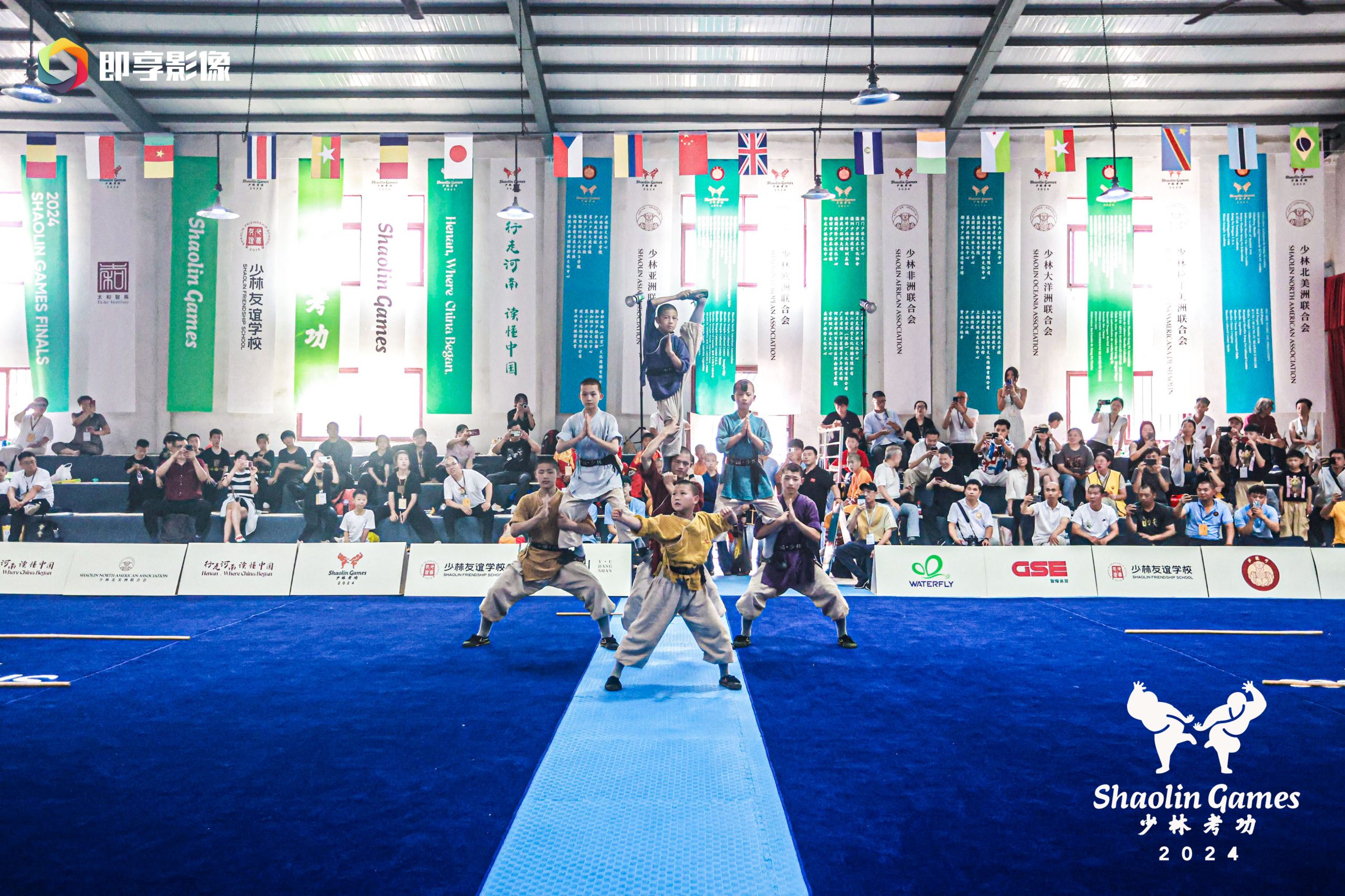
Loved your perspective on this topic. Keep it up!
Thanks for the valuable insights. Looking forward to your next post!
Interesting points! You explained it in a very clear way.
Such a well-written piece. It kept me engaged from start to finish.
Great post! I really enjoyed the insights you shared. Looking forward to reading more from you!
Loved this! Super helpful and easy to follow. Thanks for sharing!
Awesome content as always. Keep up the great work!
Thanks for the valuable information. It really helped me understand the topic better.
Interesting read! Do you have any tips for beginners on this?
Well-written and informative. I appreciate the depth of your analysis.
Very informative post, thank you for sharing!
Thanks for the post
Great perspective. I hadn’t thought about it that way!
I am glad see so excelent post!
Thanks for breaking this down so simply!
Your content never disappoints. Keep it up!
You’ve laid everything out so clearly, I love it.
Short but packed with value. Love it!
Awesome
Can’t wait to read more posts like this. Subscribed!